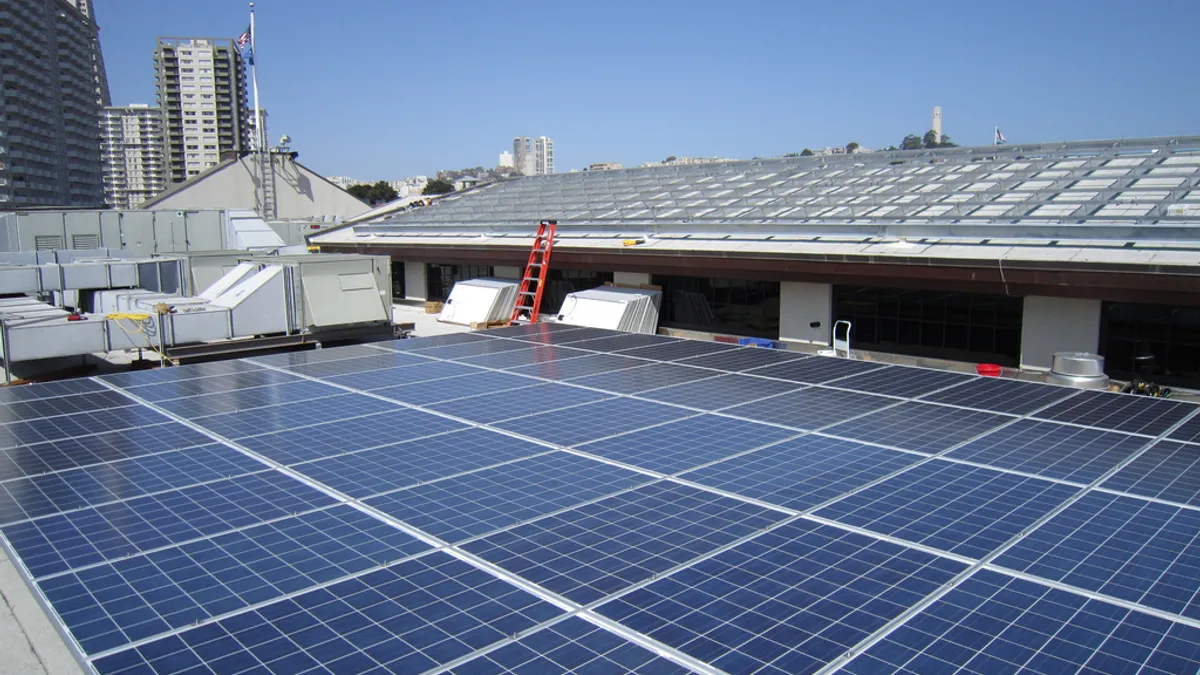Dive Brief:
- Increasingly affordable distributed and utility-scale solar could transform energy markets as significantly as the shale gas revolution of the past decade, according to "Solar: The Next Shale" a report from research and consulting firm Wood Mackenzie.
- Wood Mackenzie’s net cost analysis for California utility-scale solar power plants showed solar to be a more profitable investment than wind or natural gas plants. Solar is capturing natural gas’ market share in the state, but until there is affordable storage or another solution, solar will require natural gas as back-up generation even as it impedes gas generators’ value proposition.
- The firm forecasts that solar’s levelized cost will be at parity with other resources in 19 states by 2020 and in almost 40 states by 2030. It assumed 26 GW of distributed solar and 45 GW of large scale solar by 2035.
Dive Insight:
Net cost is, according to Wood Mackenzie, the profitability of investing in a new power plant. It is the difference between the plant’s total revenues (sales, capacity, incentives, etc.) and its total costs (construction, fuel, etc.).
With the fall of its price, “the role of solar in the North American power market has snowballed from a science experiment and a niche technology," according to Wood Mackenzie Research Director Prajit Ghosh, to “a regional threat for non-renewable technologies, and a potential disruptor of utility business models and the power industry at large.”
Since about 2010, module cost went from almost 40% of the installed price to less than 20% and, according to the Wood Mackenzie study, the trend will continue.
Regulatory reforms in the natural gas industry were the essential economic platform for accelerating the shale transformation, according to MIT’s Paul Jaskow. The solar-induced transformation will similarly require regulatory support because market forces will otherwise make the necessary gas backup unaffordable and then unavailable.














